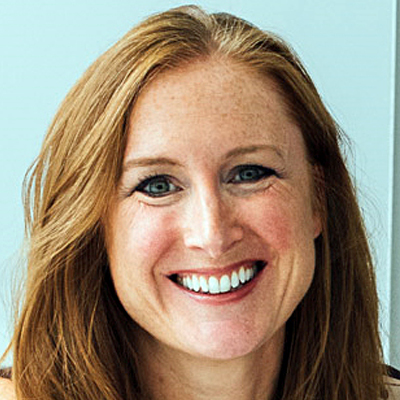Ali Gee, Deputy CEO and Diversity and Inclusion Lead
With employee and stakeholder expectations at an all-time high, how does one even begin to step up on Diversity & Inclusion (D&I)? This is a question many of our clients are grappling with. Sometimes the sheer scale of the task can be daunting, so we hope that by sharing a little about our own experience, we might help others make that move forward.
”It’s a pipeline problem”
I’ve been in PR for so long that I’ve started lopping off years when talking about it. It’s somewhere way north of two decades and in that time, one of the most often repeated topics of conversation has been about why the industry is so un-diverse. If my memory isn’t failing me (and that’s possible), for the full two decades, the standard answer was that it was a ‘pipeline problem’.
‘We can’t help not hiring more diverse candidates. There aren’t any out there. It’s not our fault.”
About two years ago, we decided enough was enough. We were tired of listening to the excuses. But, truth be told, we were as un-diverse as the rest of the industry. And again, in truth, we didn’t really know what to do about it.
BHAGS-always the best place to start
We started nailing our colours to the mast before we knew what we were in for. We committed to not-stop until we were the “most diverse and inclusive agency in London”. What we meant by this was that our work, and the workforce who create it, would represent the society in which we live. Properly. Meaning we set hard representation targets. A series of Big Hairy Audacious Goals. We chose to do this in part because it was just ‘right’, in part because it makes commercial sense, and also because by doing this we can help our clients do better work.
Long on vision, short on know-how
There was just one rather large problem. And that was how to go about it. We needed expertise and know-how. Which is where EY came in. We appointed EY to guide us on this journey. They’re the accreditation body for the government-backed National Equality Standard – the benchmark for best practice in D&I.
They came in and audited us from top to bottom across 35 different areas of our policies and practices. Everything from our approach to flexi-time, to the data we collect on applicants and the expectations we have of our suppliers. They then held a series of focus groups with our team to ascertain what their experience of our culture is really like on the ground.
The scores on the doors
The upshot? We did ok, but there were a lot of areas for improvement and, thankfully, that’s where their expertise really helped. Over the last year, we’ve lifted the lid on every single thing that needed improvement and taken their feedback on board. There were big things like making sure we eradicated bias (as far as that’s possible) and incorporating D&I objectives into all leadership objectives. Then there were small things like making sure our team knew why we were committed to D&I, therefore being clear on the business case.
The re-audit
A year on and it was time for our re-audit. Having been given 365 days to respond to EY’s initial audit, we found out last month that we’d made it. We are now the only PR agency, in fact, the only creative industry agency, in the country to have achieved this, so that’s a big step forward.
All that said, achieving the National Equality Standard is exactly that. A standard. It doesn’t solve our lack of diversity or magically change our culture overnight. So to supplement this, we decided to focus on tackling challenges of our own in addition to the ongoing commitment we have supporting Omnicom’s employee resource groups for women, people with disabilities and the LGBTQ+ community.
One of our main focuses is on hiring. Here, we’ve formed a partnership with RARE Recruitment, which specialises in diverse candidates. We also partner myGwork to attract LGBTQ+ candidates and the Taylor Bennet Foundation for a broader socio-demographic contingent. Our diversity data told us we also needed to tackle four key issues: mental health, ethnic minority representation, hidden disabilities and the socioeconomic profile of people that work at FHF. Our team has created awareness campaigns to bring some of these issues to light and normalise talking about them.
We’ve also spent time crafting what we call our Regs — the behaviours we want to live by — to deliver on our inclusivity goal.
Where does that leave us?
So we’ve learned a lot. We’ve achieved a fair bit. But we’re horribly aware that we have a long, long way to go. Come back to us in a few years and ask how we’re getting on. We’ll still be on the case.
This blog first appeared as an article in FleishmanHillard Fishburn’s Thinking Allowed magazine, Issue 4 – August 2020
-

Ali Gee has more than 20 years’ experience agency side and in-house leading global campaigns for some of the biggest corporate and consumer brands. As deputy CEO she provides senior counsel to clients and builds integrated teams to help them...
Find Out More
-
Platinum CMS Award
March 13, 2024
-
Changing Communications Tack at Mobile World Congress
February 21, 2024


